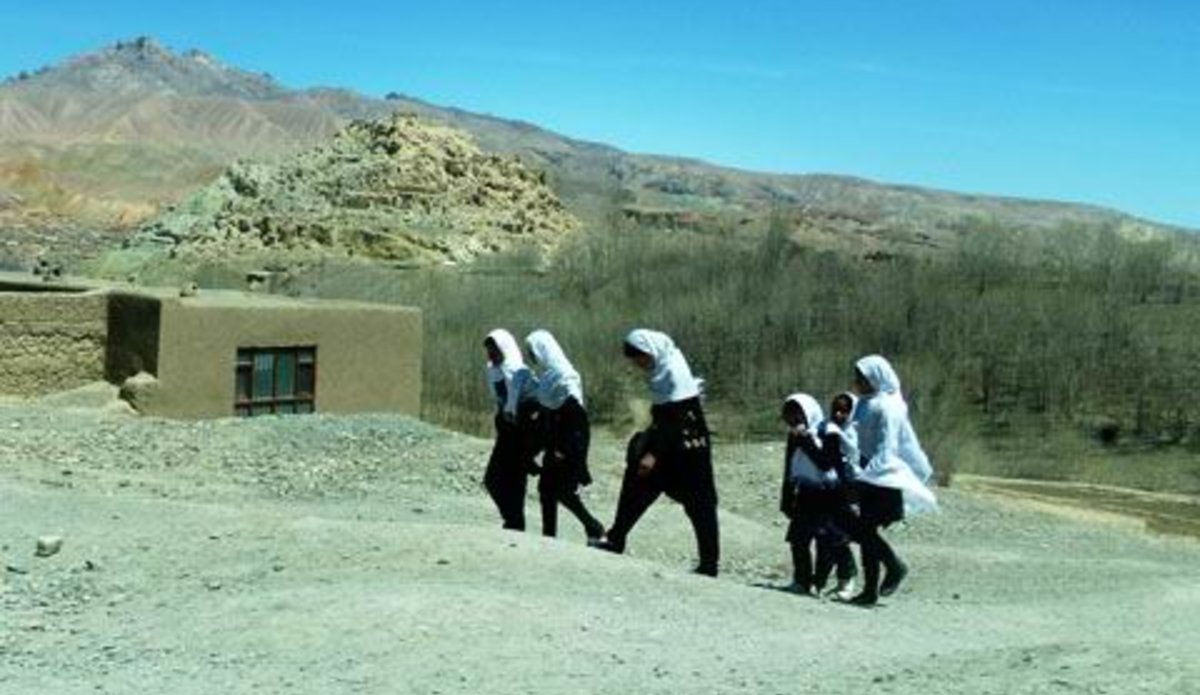Afghanistan registers ‘major progress’ in girls’ education: UN report
KABUL - Afghanistan has registered major progress in girls’ education and “remarkable increase” in the number of primary school students in the last decade, said a United Nations report released yesterday in Paris.
Download the full report here| Report summary
“Despite its place at the bottom of the rankings, however, Afghanistan has overcome the biggest obstacles to girls’ education any country has witnessed,” said the “Education for All Global Monitoring Report” of the United Nations Educational, Scientific and Cultural Organization (UNESCO).
Although Afghanistan has still a long way to go, estimated female gross enrolment ratio of less than 4 per cent in 1999 when the ruling Taliban had banned girls’ education increased to 79 per cent in 2010, resulting in an increase in the Gender Parity Index (GPI) from 0.08 to 0.69, said the report. However, the report said the Government needs to continue to address constraints on girls’ schooling.
To achieve gender parity, a country's GPI should be between 0.97 and 1.03. A GPI below 0.97 indicates a disparity in favour of males. A GPI above 1.03 indicates a disparity in favour of females.
This year’s UNESCO report had the theme “Youth and Skills: Putting Education to Work”. UNESCO publishes the Education for All Global Monitoring Reports annually.
The Afghanistan office of UNESCO and the Afghan Ministry of Education will launch the report in Afghanistan in early December.
The remarkable progress in girls’ education in Afghanistan has been attributed mainly to local community schools that reduce the distance from home, proving to be a successful approach to address the insecurity that continues in many parts of the country and deters girls’ enrolment in particular, said the report.
The same report said, in Afghanistan, there were fewer than 1 million primary school students in 1999 but more than 5 million in 2010, including over 2 million girls.
Aid for basic education to low income countries grew by just US$ 16 million in 2010. But, not all countries benefited equally. However, Afghanistan was one of two countries (Bangladesh being the other country) which received 55 per cent of the additional funding for the 16 low-income countries that experienced an increase between 2009 and 2010. By contrast, funding to nineteen low income countries fell.
 UN
UN







